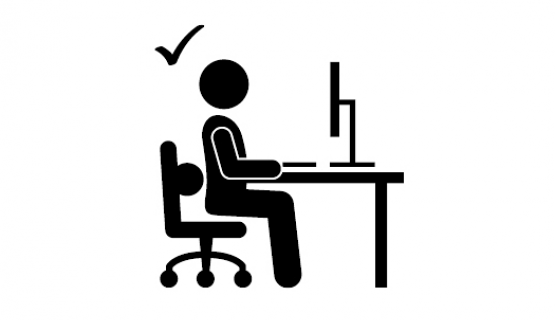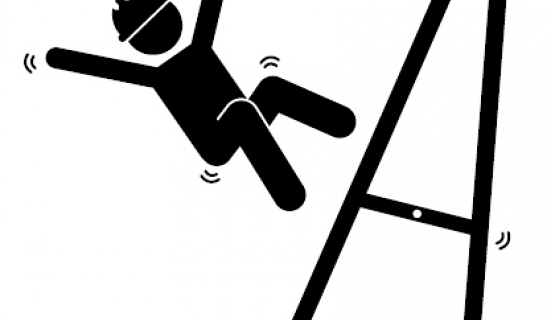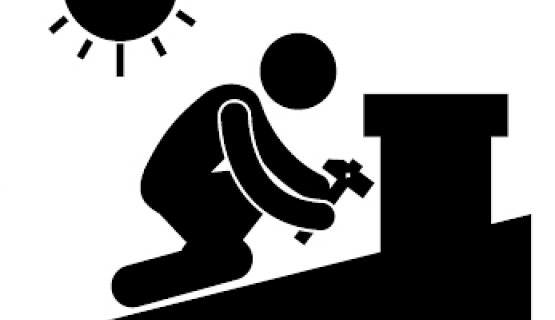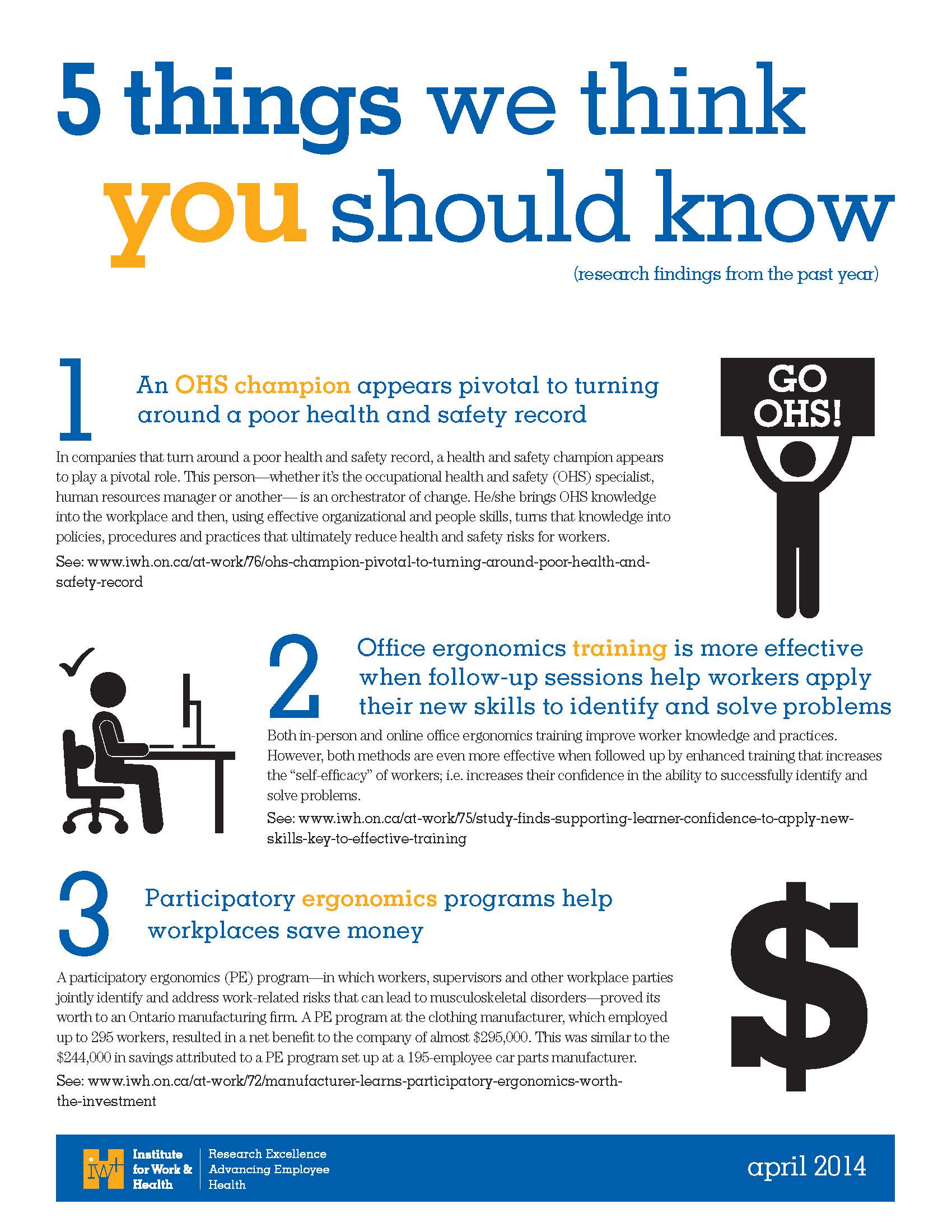
An OHS champion appears pivotal to turning around a poor health and safety record
In companies that turn around a poor health and safety record, a health and safety champion appears to play a pivotal role. This person—whether it’s the occupational health and safety (OHS) specialist, human resources manager or another— is an orchestrator of change. He/she brings OHS knowledge into the workplace and then, using effective organizational and people skills, turns that knowledge into policies, procedures and practices that ultimately reduce health and safety risks for workers.

Office ergonomics training is more effective when follow-up sessions help workers apply their new skills to identify and solve problems
Both in-person and online office ergonomics training improve worker knowledge and practices. However, both methods are even more effective when followed up by enhanced training that increases the “self-efficacy” of workers; i.e. increases their confidence in the ability to successfully identify and solve problems.

Participatory ergonomics programs help workplaces save money
A participatory ergonomics (PE) program—in which workers, supervisors and other workplace parties jointly identify and address work-related risks that can lead to musculoskeletal disorders—proved its worth to an Ontario manufacturing firm. A PE program at the clothing manufacturer, which employed up to 295 workers, resulted in a net benefit to the company of almost $295,000. This was similar to the $244,000 in savings attributed to a PE program set up at a 195-employee car parts manufacturer.

Night and evening shifts are linked to a higher risk of work injury
Whether they’re male or female, young or old, doing manual or non-manual jobs, workers are more likely to be injured on the job during the evening, night or early morning hours than during a regular daytime shift. About 12 per cent of work injuries experienced by women and six per cent of work injuries experienced by men can be attributed to the higher risk of work injury during evening, night and early morning hours.

The young and the new on the job are most likely to be affected by heat stress
Young men working in manual jobs are most vulnerable to extreme heat. The more inexperienced they are on the job, the more likely they are to need time off work to recover from heat stroke, sun stroke, fainting and other forms of heat illnesses. These heightened risks are seen even after accounting for the fact that this group of workers—young, manual labourers who are new to the job—are already at greater risk of work injury.
